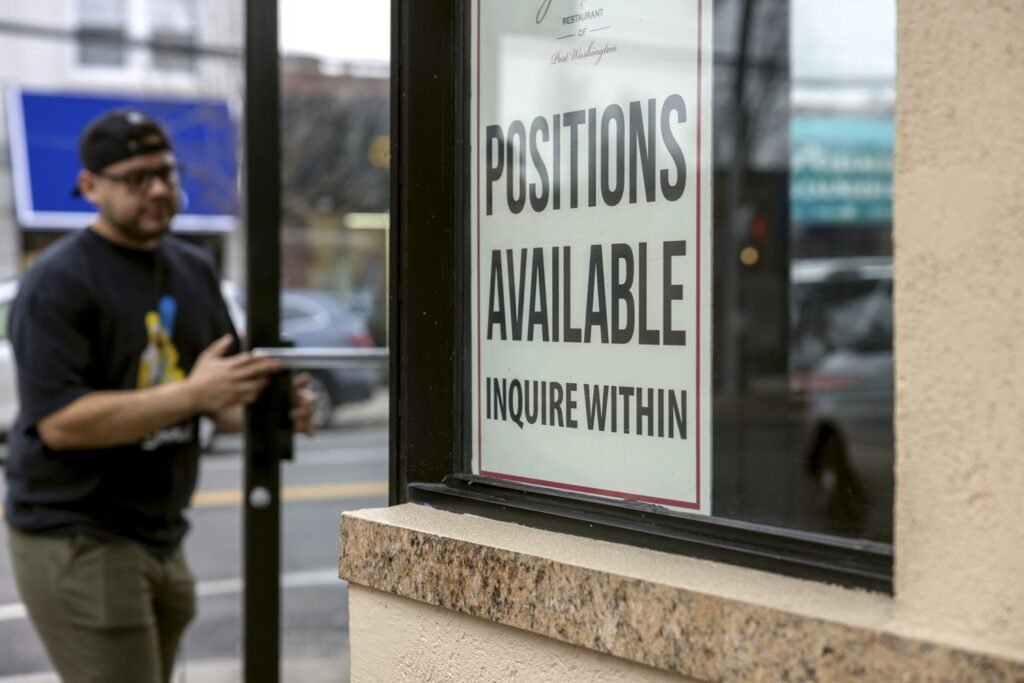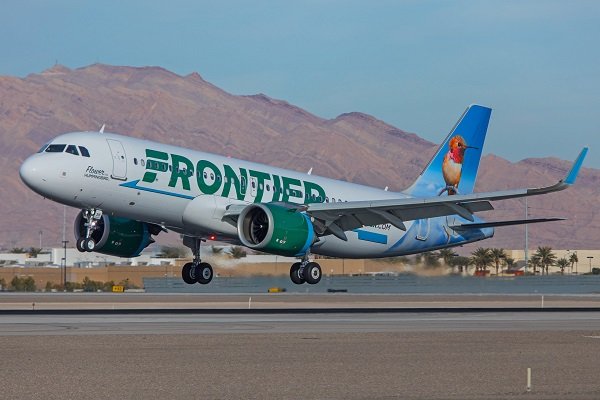Delta Air Lines Inc. (NYSE: DAL) is set to end service to Midland International Air & Space Port (MAF) in Texas next month, as the carrier continues to recalibrate its domestic network.
The final flight between Austin-Bergstrom International Airport (AUS) and Midland is scheduled for November 9, 2025, according to company and airport officials.
The withdrawal will effectively remove Delta from the Midland market, leaving Southwest Airlines and United Airlines as the primary operators linking the region to other U.S. hubs.
Demand and Profitability Drive Decision
People familiar with the matter say the move stems from sustained low demand and underperforming load factors, which have hovered below 60 percent on average this year.
Delta has been consolidating routes with limited profitability and redeploying aircraft to higher-yield markets, particularly major hubs such as Atlanta, Minneapolis, and Boston.
“Network optimization is a constant process,” a Delta spokesperson said. “We regularly evaluate market performance to ensure our capacity aligns with customer demand.”
The airline added that affected passengers are being contacted directly with rebooking and refund options.
Midland Officials Respond
Local officials described Delta’s exit as “disappointing but understandable.”
“While we value the partnership we’ve had with Delta, the commercial environment has shifted,” said a Midland airport representative. “Our priority is to secure replacement service that maintains connectivity for both business and leisure travelers.”
The Permian Basin region surrounding Midland relies heavily on air links for energy and logistics operations.
The loss of a national carrier could temporarily limit flexibility for corporate travel.
Broader Network Strategy
Delta’s withdrawal from Midland is part of a wider reshaping of its U.S. route map, echoing similar adjustments in smaller markets.
The airline is focusing resources on core hub-to-hub connections and international expansion, while trimming routes with marginal demand.
In 2025 alone, Delta has introduced new long-haul services from Atlanta to Rome and Boston to Mexico City, while scaling back select regional operations across the Southwest.
Industry analysts note that this reflects a broader trend among legacy carriers — prioritizing operational efficiency, fleet utilization, and profitability amid volatile fuel prices and shifting travel patterns.
Impact on Travelers
Travelers booked on Delta flights between Austin and Midland after November 9 will automatically receive cancellation notices and can choose between:
-
Full refunds or alternative routing via Delta’s major hubs;
-
Rebooking with partner airlines, including connections through Dallas/Fort Worth (DFW) and Houston Intercontinental (IAH).
Delta recommends customers confirm flight details on its Flight Status Tracker or through the Fly Delta app.
Southwest and American Airlines continue to offer frequent service options from Midland to major Texas cities, softening the impact of Delta’s withdrawal.
Looking Ahead
The move underscores Delta’s sharpened focus on network profitability and data-driven route planning.
For Midland, it represents an opportunity to court new carriers or expand capacity with existing partners.
“Air service is always cyclical,” said an aviation consultant. “As the Texas energy corridor grows, we could see new entrants or even Delta’s return under different market conditions.”
Bottom Line
Delta Air Lines’ decision to end service to Midland marks another sign of the post-pandemic recalibration of U.S. air travel, where airlines are prioritizing high-demand, high-margin routes over smaller regional links.
While the exit will slightly reduce connectivity for West Texas travelers, Midland International remains well positioned within the state’s competitive aviation network.
Also Read
UK Raises English Requirement for Work Visas: What Applicants Must Know by 2026
H-1B Visa Shake-Up: What Trump’s $100,000 Fee Means for Foreign Workers and U.S. Employers
2025-10-20 11:53:41

















